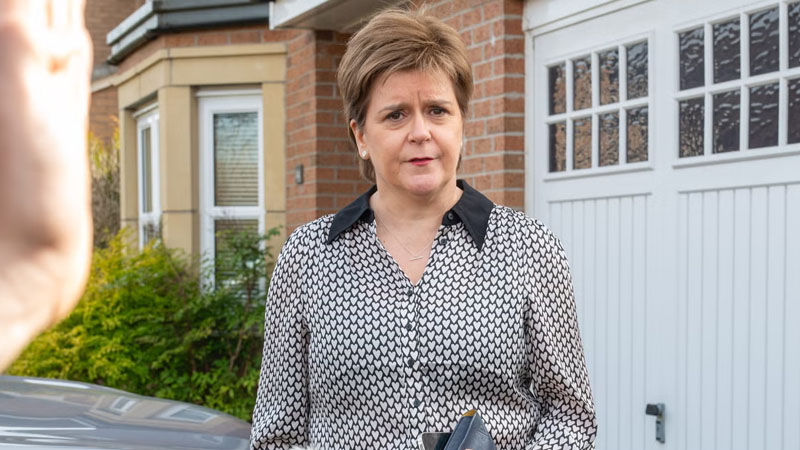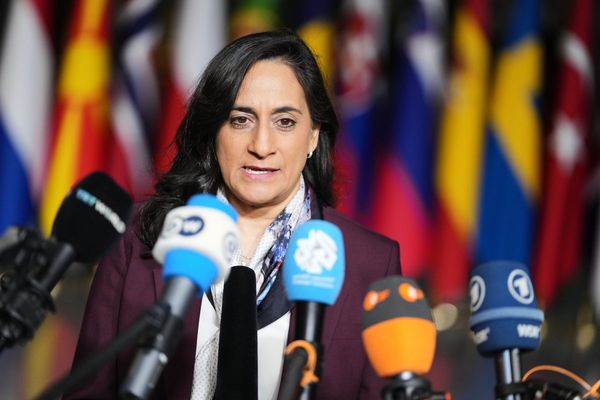
The latest immigration figures are in and they’ve got people talking, and not in a quiet way. Since 2020, Britain’s population has grown by a staggering 2.65 million people due to net migration alone. That’s nearly 4 per cent of the population in just four years. Basically, one in every 25 people now living in the UK has arrived since 2020. Let that sink in.
Last year, net migration was 431,000. Yes, that’s nearly half what it was in 2022, when it hit an eye-watering 860,000, but it’s still historically high. That 2023 figure is around 100,000 more than the level we saw around the Brexit referendum, and almost 80 per cent higher than the average during the 2010s. It’s also seven times what we had in 1990, reported GB News.
Much of the recent dip is thanks to policies brought in under the last Conservative government before the general election. But here’s the bigger picture — since 2010, over five million people have been added to the UK population through net migration, and more than half of that has happened since 2020.
One stat from the Centre for Policy Studies really stands out. Of the 3.59 million people who’ve come to the UK from outside Europe since 2010, only 571,000 arrived on work visas. That’s just 16 per cent — a number being called one of the greatest policy failures in recent memory.
So what does this actually mean for people living here? Let’s talk about housing. Net migration has been behind a whopping 94 per cent of the housing shortfall in England since 2013. And to meet demand just from migration since 2021, we’d have to build an extra one million homes. Last year, we managed just 218,000. So it’s not hard to see why young people and families are being priced out of buying — and even renting.
There’s also been a shift in where people are coming from. Last year, 766,000 people arrived from outside Europe, including countries like Pakistan, Nigeria, and China. In comparison, just 122,000 came from within Europe. And of those non-European migrants, only 113,000 came as main work applicants. The rest were students, dependents, or relatives. For every one skilled worker who arrived, more than one dependent came too.
This isn’t about being anti-immigration. Britain has always been a country that welcomes those who want to contribute. But this current model, low-skilled, high-volume migration — isn’t what the British public were promised or what most people say they want. Polls show that 85 per cent of Brits want net migration below 100,000.
The Government claims it’s taking action. Rishi Sunak said he’d stop the boats. Keir Starmer says he’ll break up the smuggling gangs. They’ve raised salary thresholds for foreign workers, limited dependents for students, and vowed to shut down asylum hotels by 2029.
But just this week, over 800 migrants arrived by small boat in a single day — the highest for this time of year. Yes, Labour’s pushed asylum decisions up by 50 per cent, and deportations have gone up too. But the backlog’s still growing, and nearly 42,000 people are stuck in the court system waiting to appeal decisions.
The bottom line? For all the tough talk, Britain is still experiencing a wave of immigration that’s reshaping the country in massive ways. It’s putting real pressure on housing and public services, and for many, it’s driving a growing sense that the people in charge are simply not listening.
Don’t Miss These:
- Ruth and Eamonn’s £3.6 Million Home at Centre of Divorce Drama
- Everyone Bought Meghan Markle’s Honey, but Now the Website Is Dead Silent
- Nicola Sturgeon Vows to Stay an Ally and Urges Change to Gender Law
- Gary Lineker Bids Farewell to BBC After Final Match of the Day Appearance
- 11-Year-Old Prince George Impresses at VE Day Flypast










